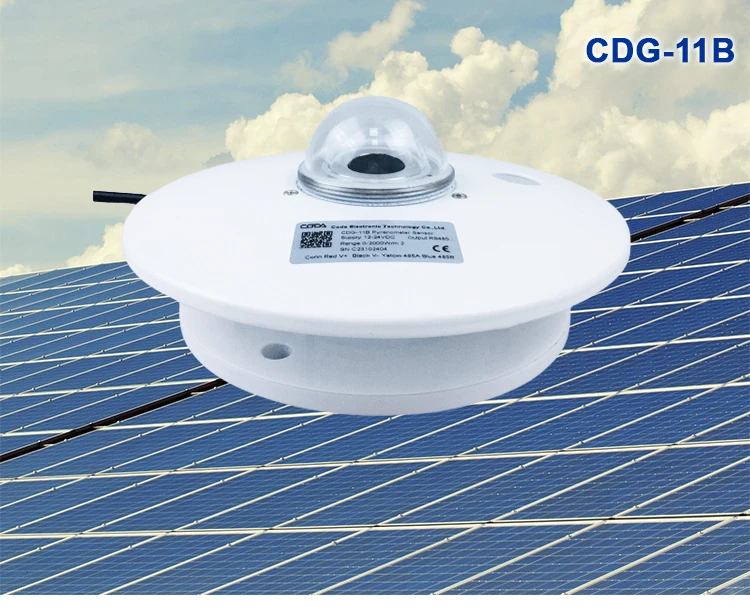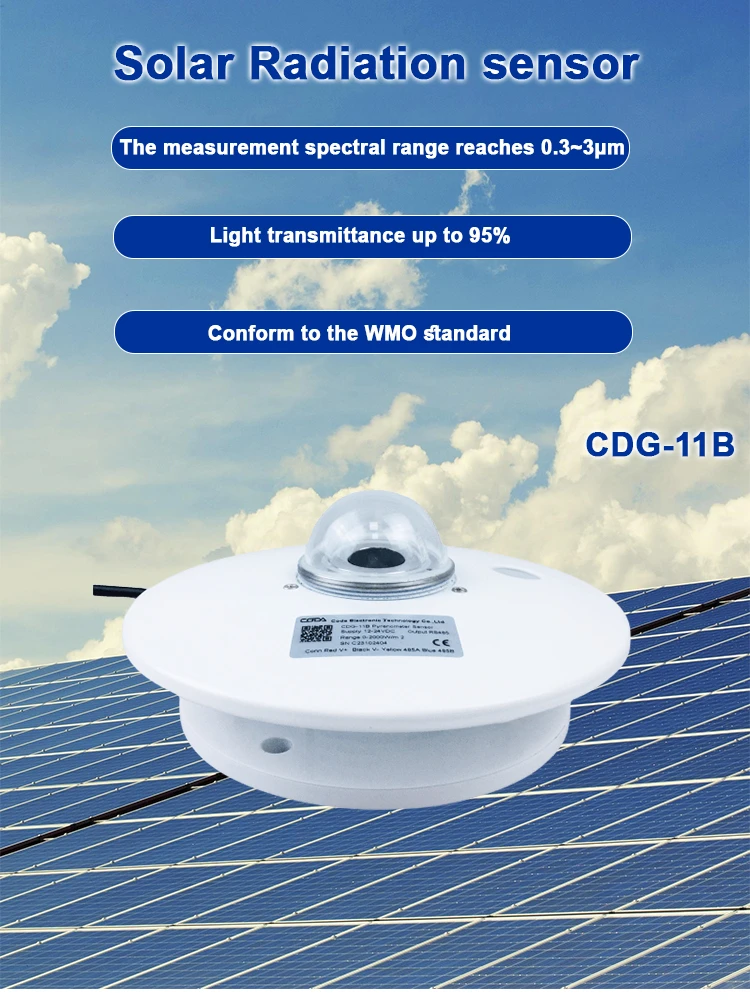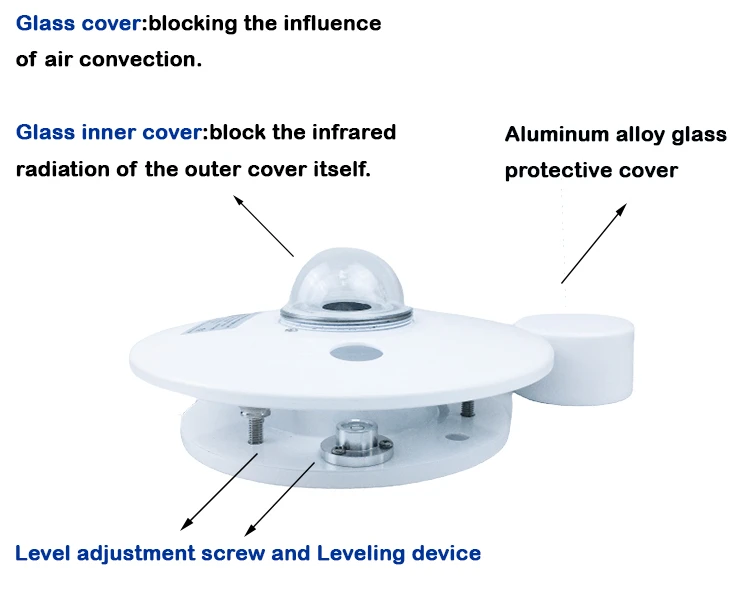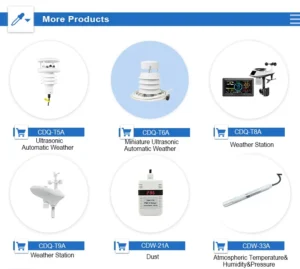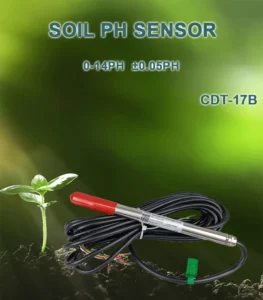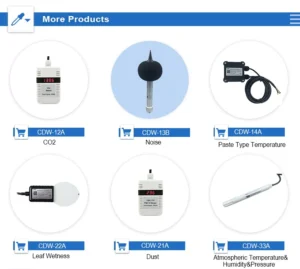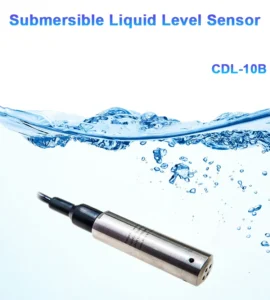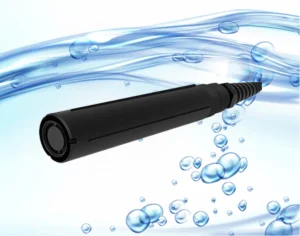How Does a Radiometer Work? | define radiometer
In the vast realm of scientific instruments, radiometers play a crucial role in measuring electromagnetic radiation. These devices are important tools in many fields. They help us watch weather patterns and learn about the mysteries of the universe.
But how exactly do radiometers function? This article explains how radiometers work, what their parts are, and how they are used. It helps readers see how important they are in today’s science and technology.
The Basics of Electromagnetic Radiation
Before delving into the workings of a radiometer, it’s essential to grasp the concept of electromagnetic radiation. Electromagnetic radiation includes many types of waves. These include radio waves, microwaves, infrared light, visible light, UV light, X-rays, and gamma rays.
Each type of radiation has its own wavelength and frequency. They all move at the speed of light. Engineers make radiometers to find and measure the strength of electromagnetic waves. They work in certain parts of the spectrum based on their purpose.
Components of a Radiometer
A typical radiometer has several key parts. Each part has a specific role in the measurement process.
1. Antenna or Aperture
Function: The antenna or aperture is the part of the radiometer. It gathers electromagnetic radiation from the surroundings. The design varies based on the frequency range of the radiation that someone measures.
For example, in microwave radiometers for weather monitoring, the antenna is often a dish-shaped reflector. This reflector sends incoming microwaves to the detector. In infrared radiometers, the aperture can be a lens or a window. This lets infrared radiation pass through to the detector.
Design Considerations: The size, shape, and direction of the antenna or opening matter. They help improve how well radiation is collected. It should be optimized to capture the right wavelengths of radiation. At the same time, it must reduce interference from other sources.
2. Detector
Function: The detector is the core of the radiometer. It converts incoming electromagnetic waves into an electrical signal. Researchers use different types of detectors depending on the wavelength of the radiation. For instance, infrared radiometers commonly employ thermopiles or bolometers.
Thermopiles create an electrical voltage when they detect infrared radiation. This happens because of the Seebeck effect. Bolometers, on the other hand, measure changes in electrical resistance.
This change happens when they take in radiation. In radio-frequency radiometers, detectors made from chip materials, like Schottky diodes, are often used. They find radio waves and change them into electrical signals.
Sensitivity and Response Time: The detector’s sensitivity shows how well it can find weak signals. Its response time affects how quickly it measures changes in radiation levels. High-sensitivity detectors are important for tasks such as observing celestial objects. They help detect very faint signals from faraway celestial objects.
3. Amplifier
Function: After the detector changes the radiation into an electrical signal, the signal is often very weak. The amplifier boosts the strength of the electrical signal.
This makes it easy for us to measure and process. Amplifiers are made to reduce noise and distortion. They also boost signal strength to make sure measurements are accurate.
Types of Amplifiers: Different amplifiers can be used based on the needs of the radiometer. Low-noise amplifiers, or LNAs, help make weak signals stronger in radio astronomy. Functional amplifiers are used for general signal boosting in other applications.
4. Signal Processor
Function: The signal processor looks at the stronger electrical signal from the amplifier. It can do different tasks. This includes getting rid of unwanted noise and changing the analog signal to a digital format. An analog-to-digital converter, or ADC, performs this task.
It can also measure how strong the radiation is by looking at the signal’s features. In some advanced radiometers, the signal processor can run complex algorithms. This helps to get more information from the radiation, like temperature or chemical composition.
The processed data is displayed in a format that is easy to use. This could be a number that indicates how strong the radiation is. It could also be a graph that shows how radiation changes as time goes on. Another choice is to send a digital signal to other devices for more analysis.
Working Principles of a Radiometer
The radiometer works in a few simple steps:
1. Radiation Collection
The antenna of the radiometer collects electromagnetic radiation from the environment around it. This radiation can come from different light source. These include the Sun, the Earth’s atmosphere, space objects, or man-made devices. The collected radiation is then sent to the detector.
2. Signal Conversion
When the radiation hits the detector, it interacts with the material of the detector. The type of detector affects how this interaction causes a physical change. This change turns into an electrical signal.
In a thermopile detector, infrared radiation heats the thermocouples. This increase in temperature creates an electrical voltage. In a Schottky diode detector for radio waves, incoming radio frequency energy makes electrons flow. This creates an electrical current.
3. Signal Boosting
The weak electrical signal from the detector goes to the amplifier. There, it is made stronger to a more usable level. The amplifier boosts the signal’s strength while keeping it clear as much as possible. This stronger signal is now ready for more processing.
4. Signal Processing and Measurement
The signal processor looks at the stronger signal. It can use filters to get rid of noise and interference. And it also digitizes the signal for easier handling. It also measures the strength of the radiation based on the features of the processed signal.
The measurement shows how much electromagnetic radiation the radiometer detects in its wavelength range.
Applications of Radiometers
Radiometers are used in many areas and fields.
1. Meteorology and Climate Science
Weather Forecasting: Microwave radiometers are used to measure the moisture content, temperature, and pressure profiles of the atmosphere. Meteorologists collect important data for weather forecasts.
They do this by studying microwave radiation. This radiation comes from water vapor, clouds, and the Earth’s surface. Measuring the amount of water vapor in the air helps us predict clouds and rain.
Climate Monitoring: Radiometers also play a crucial role in long – term climate monitoring. Satellites use infrared sensors to measure the Earth’s outgoing long-wave radiation. This data helps scientists understand the Earth’s energy balance. It also aids in studying climate change trends over time.
2. Astronomy
Observing Celestial Objects: Radio – frequency radiometers are essential tools in radio astronomy. They pick up radio waves from stars, galaxies, nebulae, and other space objects. By studying these radio waves, astronomers can learn about what the universe is made of, how it is structured, and how it moves. For example, detecting radio signals from hydrogen atoms in space helps us see where matter is in the universe.
Cosmic Microwave Background (CMB) Studies: Scientists use radiometers to study the cosmic microwave background radiation. This radiation is the afterglow of the Big Bang. Measuring small changes in the CMB radiation has given key proof for the Big Bang theory. It has also helped scientists learn about the early universe.
3. Remote Sensing
Earth Observation: Radiometers on satellites and aircraft are used for remote sensing of the Earth’s surface. They can measure different things, like land surface temperature, plant health, and ocean surface temperature.
For example, infrared radiometers can find hotspots on the Earth’s surface. These hotspots may show wildfires or volcanic activity. Multispectral radiometers can measure how different wavelengths of light reflect off the Earth’s surface. This helps us learn about land cover types, like forests, crops, and urban areas.
Environmental Monitoring: Radiometers help track changes in the environment. They monitor forest loss, pollution levels, and melting ice caps. Scientists can measure the radiation that comes from or bounces off the Earth’s surface. This helps them see and track changes over time.
4. Industrial and Medical Applications
Industrial Process Control: In industries, radiometers can be used to monitor and control processes. In the steel industry, infrared radiometers measure the temperature of molten metal in furnaces.
This helps with proper processing and quality control. In the food industry, radiometers check the moisture in food products. This helps keep the quality and safety of the products.
Medical Imaging: Some medical imaging techniques, such as microwave thermography, use radiometers to detect temperature differences in the human body. These temperature differences can be an indicator of various medical conditions, such as tumors or inflammation. Microwave radiation measurement is not as common as X-rays or MRI. It can be used for non-invasive medical diagnosis.
conclusion
Radiometers are advanced tools that are important for measuring electromagnetic radiation. They are used in many different applications. Their skill in finding and studying radiation has changed areas like weather science, space study, remote sensing, and others.
As technology improves, radiometers will likely become more sensitive, accurate, and versatile. This will help us learn more about our world.
